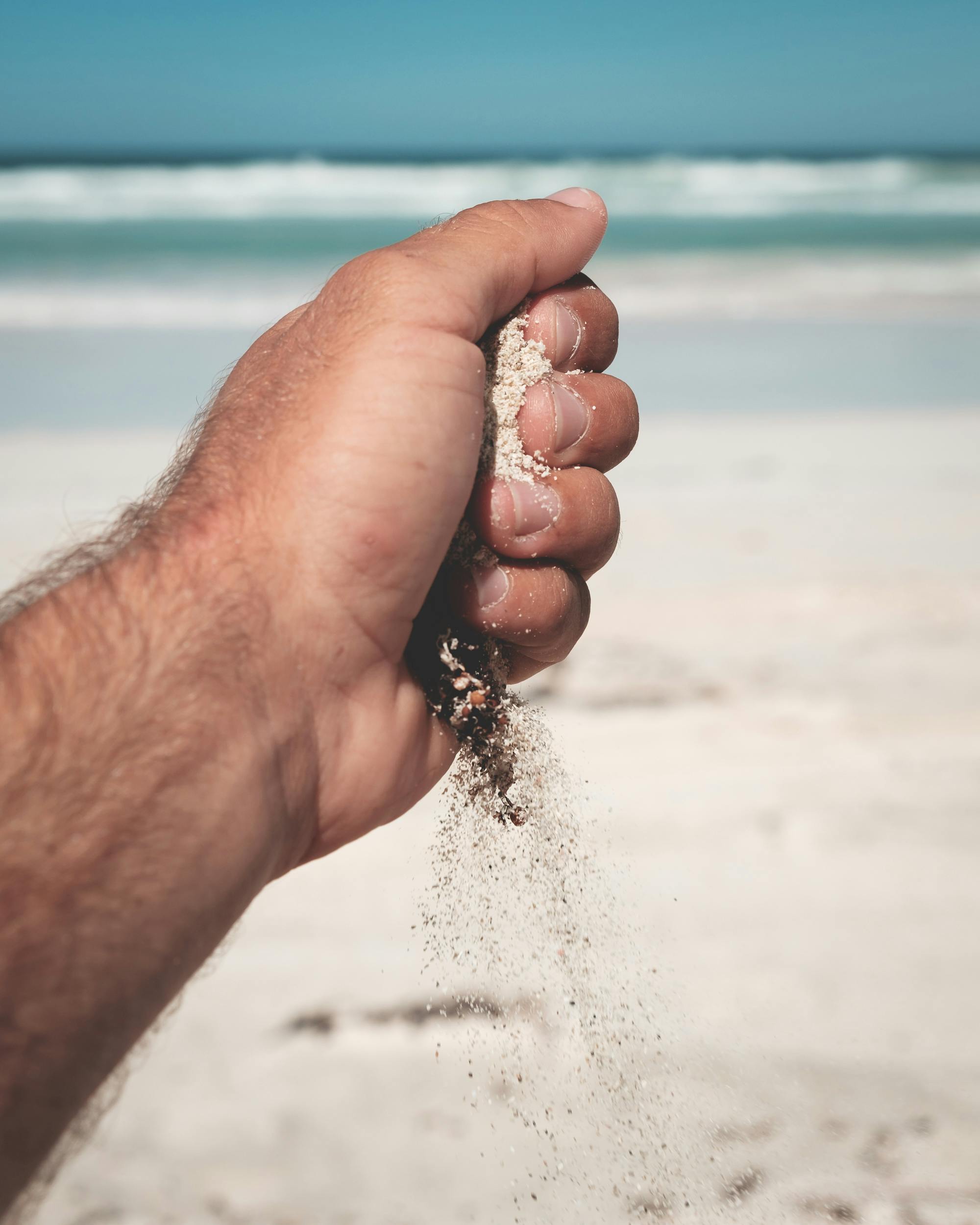
How to Properly Drain a Hot Water Heater: Effective Steps for 2025 Success
How to Properly Drain a Hot Water Heater: Effective Steps for 2025 Success
Maintaining your hot water heater is crucial for ensuring efficient performance and prolonging its lifespan. One of the most important maintenance tasks is learning how to drain a hot water heater properly. As sediments build up over time, they can affect the heater’s efficiency and even lead to damaging leaks. In this article, we will guide you through effective steps for draining your hot water heater, its significance, and the tools you’ll need to achieve success in 2025 and beyond.
This comprehensive guide will cover essential aspects, from signs indicating that you need to drain your water heater to safe practices during the draining process. Additionally, we will explore the benefits of regular maintenance, troubleshooting tips, and common mistakes to avoid when draining your heater. By the end of this article, you will be equipped with the knowledge to ensure your hot water system operates efficiently and reliably.

Understanding the Importance of Draining Your Hot Water Heater
Building on the fundamentals of hot water heater maintenance, it’s essential to understand why you need to incorporate draining into your routine.
Benefits of Draining Water Heater
Draining your heater regularly helps remove sediment buildup that can cause corrosion and inefficiency. Sediment accumulation can result in rusty or discolored water and even affect your heater’s ability to heat water effectively. A well-maintained system functions efficiently, which translates to lower energy costs and reliable hot water delivery.
Signs You Need to Drain Your Water Heater
Several warning signs indicate it’s time to drain your water heater. Look for unusual noises, such as popping or rumbling, indicating sediment buildup. Additionally, if you notice discoloration in your hot water or inconsistent water temperature, these could be symptoms of a failing water heater that requires immediate attention.
How Often to Drain Your Hot Water Heater
Generally, it is recommended to drain your hot water heater at least once a year. However, if you live in an area with hard water, you might need to perform this task more frequently. Your geographic location, water quality, and the age of your heater can influence how often you should drain it.
Preparing for Safe Hot Water Heater Draining
With these basics established, let’s delve into the preparation necessary for a successful draining process.
Tools Needed to Drain Hot Water Heater
Gathering the right tools is crucial for efficient water heater draining. Common tools include a garden hose, a bucket, a screwdriver, and a hose clamp. In some cases, a wrench may be needed for the drain valve and connect the hose securely.
Safety Precautions to Observe
Before starting, it’s vital to ensure safety measures are in place. Always turn off the power supply to electric heaters or set the thermostat to ‘pilot’ for gas heaters. Additionally, ensure that you are wearing protective gear, including gloves and goggles, to prevent accidental injury.
Preparing Your Water Heater for Draining
For proper draining, start by turning off the water supply and allowing the heater to cool down. Attach the garden hose to the drain valve, directing it to a nearby floor drain, tub, or outside. This will prevent any messy spills during the draining process.

Step-by-Step Hot Water Heater Drain Process
Following a clear, step-by-step approach will enhance your draining experience. This will not only make the process smoother but also help you avoid common mistakes along the way.
Step 1: Turn Off the Heater
The first step involves switching off the power supply to electric heaters or adjusting the thermostat for gas heaters. This is vital for safe operation, as you eliminate the risk of heating an empty tank.
Step 2: Open the Pressure Relief Valve
Next, open the pressure relief valve at the top of the heater. This allows air into the tank and facilitates efficient drainage. Ensure to be cautious, as hot water may escape during this process.
Step 3: Begin Drainage
Open the drain valve slowly and watch as water begins to flow out through the connected hose. Allow the tank to drain completely, which may take several minutes, depending on the size of your heater and sediment levels.
Step 4: Flush the Tank
After the tank is empty, you can flush it by turning on the cold water supply for a few seconds to dislodge any remaining sediment. This step enhances the long-term efficiency of your heater.
Step 5: Complete the Refill Process
Once the flushing is complete, close the drain valve and remove the hose. Refill the tank by turning on the cold water supply again and check for leaks around the drain valve. Once verified, you can turn your heater power back on.
Common Mistakes When Draining a Hot Water Heater
With these steps illustrated, you might wonder about common pitfalls to avoid when draining your hot water heater.
Not Disconnecting the Power Supply
One of the most critical mistakes is failing to turn off the water heater before draining it. This oversight can lead to severe damage or unsafe operating conditions.
Neglecting Proper Hoses
Using hoses that are not designed for high heat can lead to leaks or bursts. Always ensure you have the right type of hose for the job.
Overlooking Tank Flushing
Skipping the flushing step can result in future sediment accumulation. Proper care ensures a longer life for your water heater and better efficiency.
Hot Water Heater Maintenance Tips for Longevity
After completing the draining and flushing, it’s vital to implement ongoing maintenance strategies to keep your hot water heater operating optimally.
Routine Maintenance Checks
Incorporate routine checks every few months to inspect the pressure relief valve and look for signs of wear or leaks. Taking action early can save on expensive repairs down the line.
Signs of Hot Water Heater Issues
Common issues include leaking tanks, strange noises, and fluctuating water temperatures. Knowing these signs allows you to troubleshoot quickly or seek professional assistance.
Winterizing Your Hot Water Heater
For homeowners in colder climates, winterizing becomes essential to avoid freezing and subsequent damage. Proper draining and insulation can significantly enhance your heater’s longevity through freezing temperatures.
Q&A Section: Addressing Common Concerns
How often should I drain my hot water heater?
It’s generally advisable to drain your water heater at least once a year; however, those in hard water areas may need to do this more frequently.
What tools do I need to drain a hot water heater?
The essential tools include a garden hose, a screwdriver, and safety gear such as gloves and goggles. A wrench may also be required for securing the drain valve.
Can I drain my hot water heater myself?
Yes, draining your hot water heater can be a straightforward DIY task, provided you follow safety protocols and the correct procedures highlighted in this article.
What happens if I don’t drain my water heater?
If left unattended, sediment builds up can lead to corrosion, inefficient heating, and ultimately, a failing water heater. Regular maintenance mitigates these risks.
When should I call a professional for water heater issues?
If you experience persistent issues, such as continuous leaks or inconsistent heating, it’s wise to consult a professional service for a thorough inspection.
By following these steps and incorporating regular maintenance, you can ensure optimal performance and longevity of your hot water heater. For additional insights, visit Fix Guru and discover more about water heater care and troubleshooting.